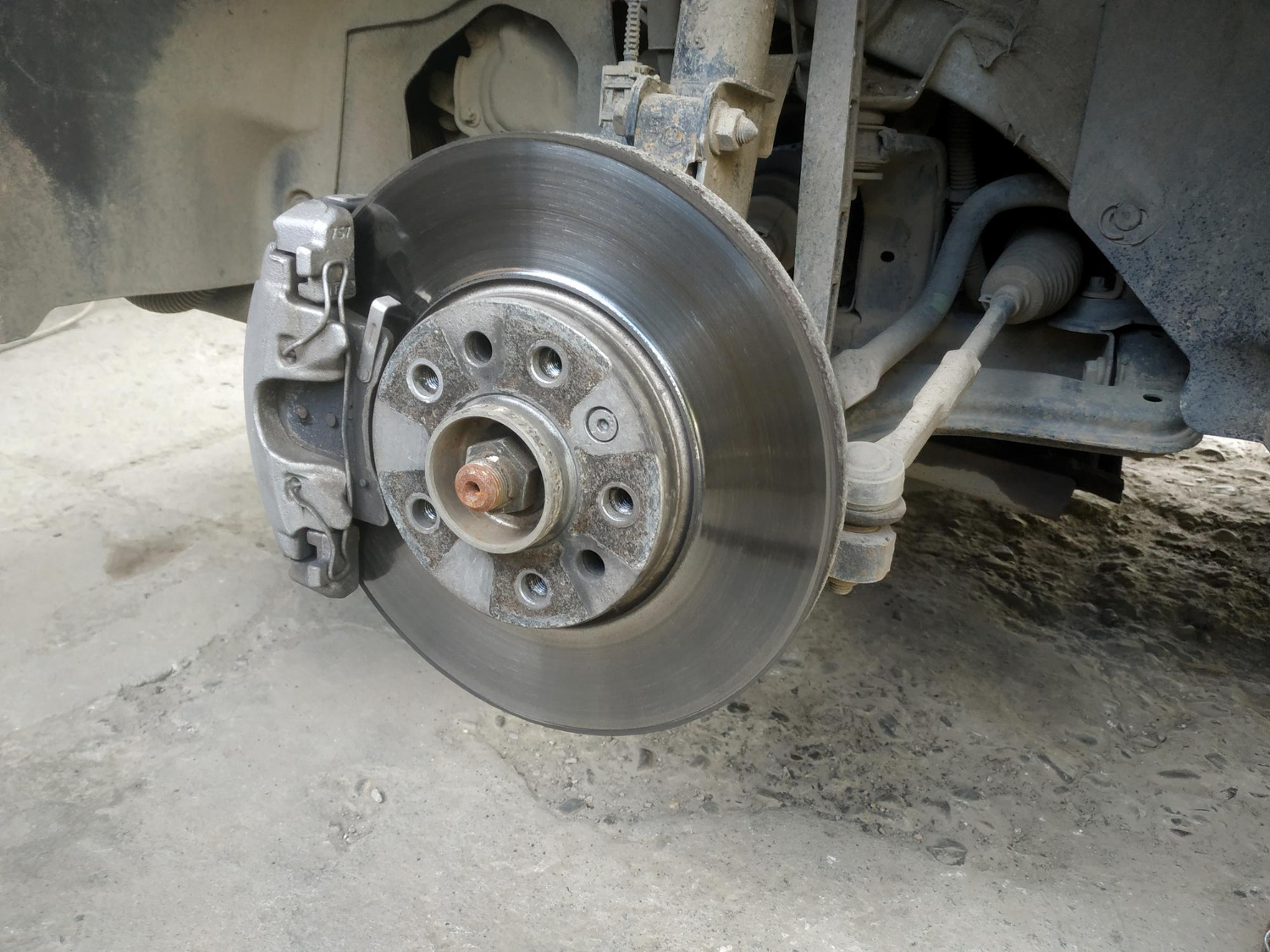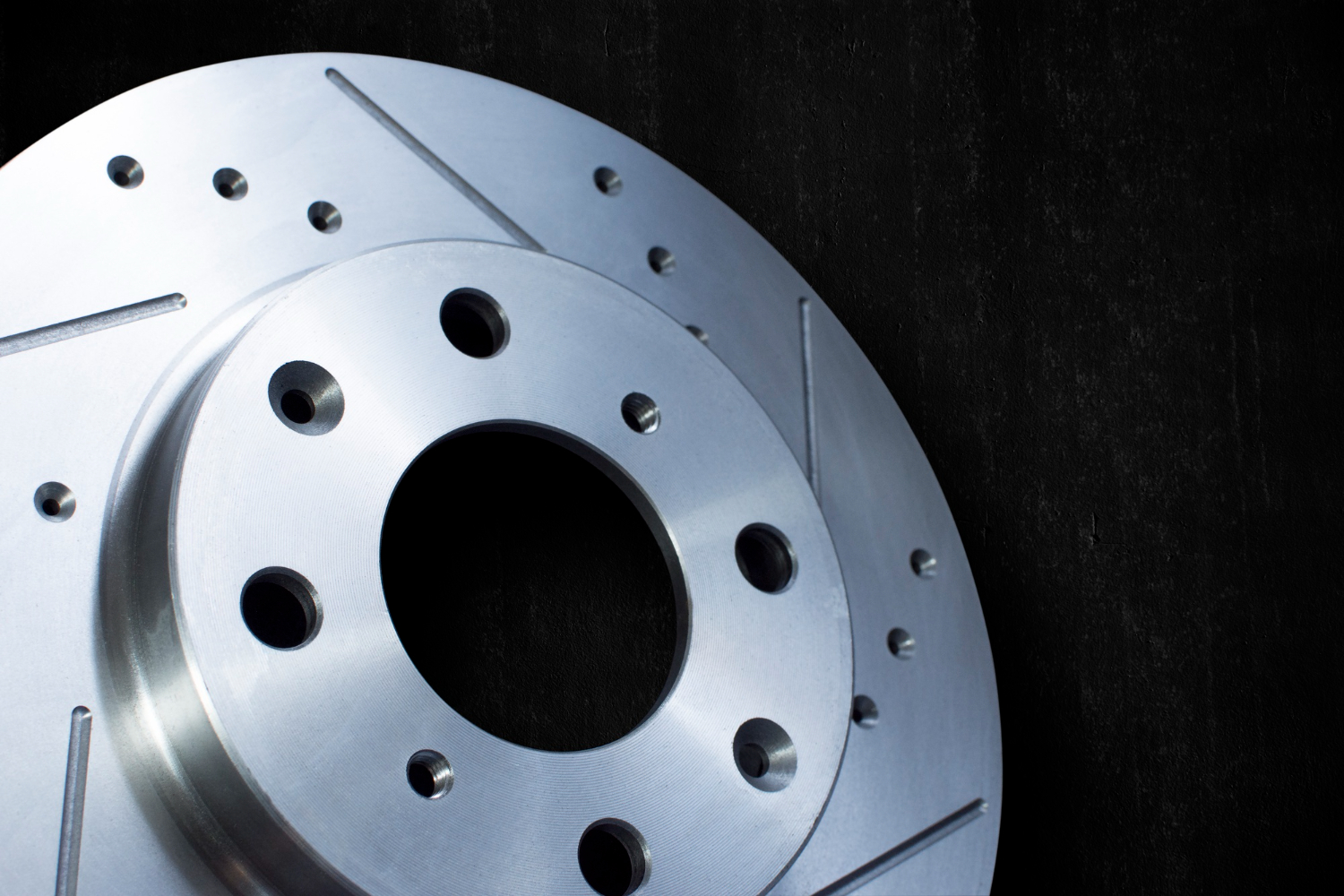Safety on wheels
Pdf download
Brake discs operate under extreme conditions: continuous friction, high temperatures and exposure to agents that can affect their performance with use. To meet these demands, martensitic stainless steel AISI 420 offers proven properties that improve mechanical behaviour and the service life of brake parts.
Martensitic stainless steels are alloys of iron, chromium and carbon, with typical compositions of around 0.10% carbon and between 12% and 14% chromium. These materials undergo structural transformations as a function of temperature, so they are usually heat treated and once processed, they achieve good mechanical properties and adequate corrosion resistance, which allows them to maintain the shape and structure of the disc even under prolonged stresses.
In terms of manufacturing and processing, it is well suited to transformation. This facility makes it possible to work with tight tolerances and complex geometries.

From a functional point of view, discs made from martensitic stainless steel have good wear resistance, which helps to maintain the performance of the braking system over time. By minimising heat deformation, it ensures consistent response even under prolonged or high intensity braking.
Another technical advantage is the possibility of reducing the thickness of the disc without compromising its strength. This characteristic allows to lighten the weight of the vehicle and to reduce the load on other mechanical elements of the vehicle.
Regarding corrosion, although its resistance is not as high as that of other stainless steels, it is suitable for the specific environment in which the brake discs operate, as long as the recommended design and maintenance conditions are respected. Do not hesitate to consult our specialists if you need additional information about the use of martensitic in brake discs.